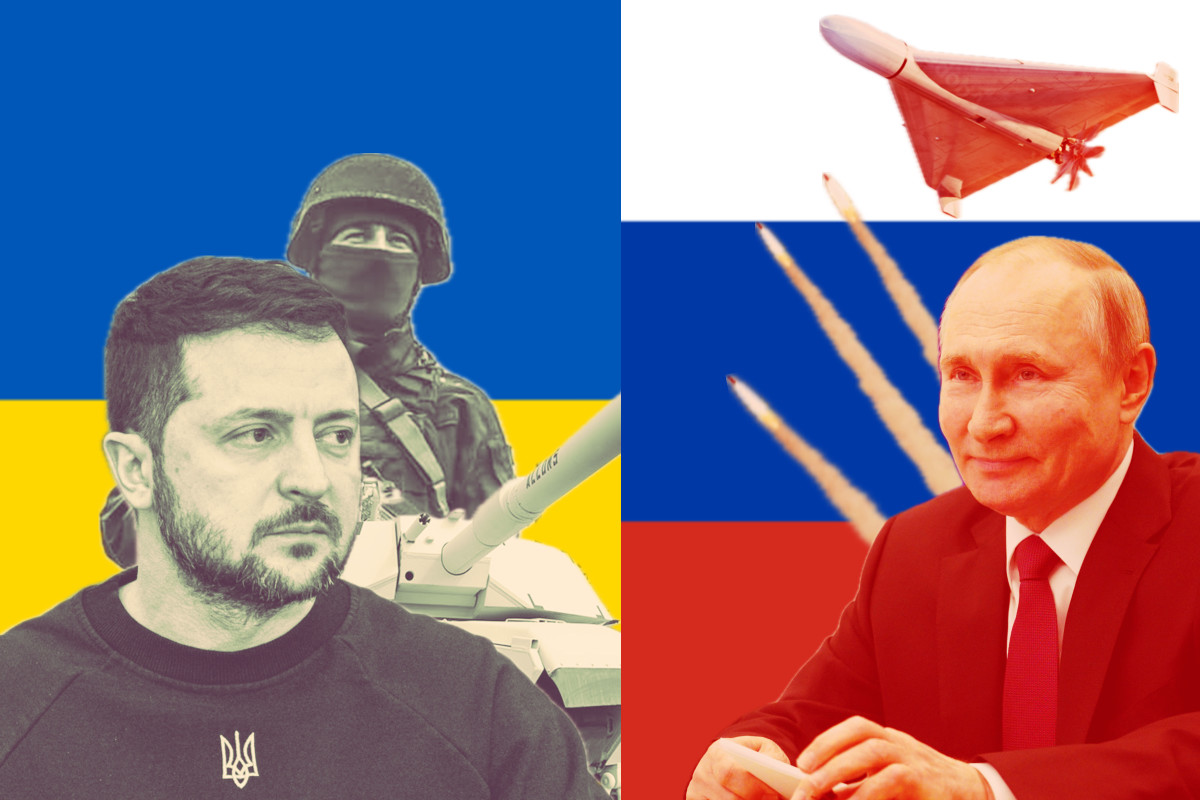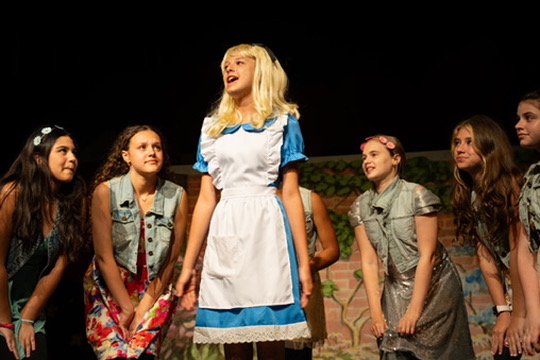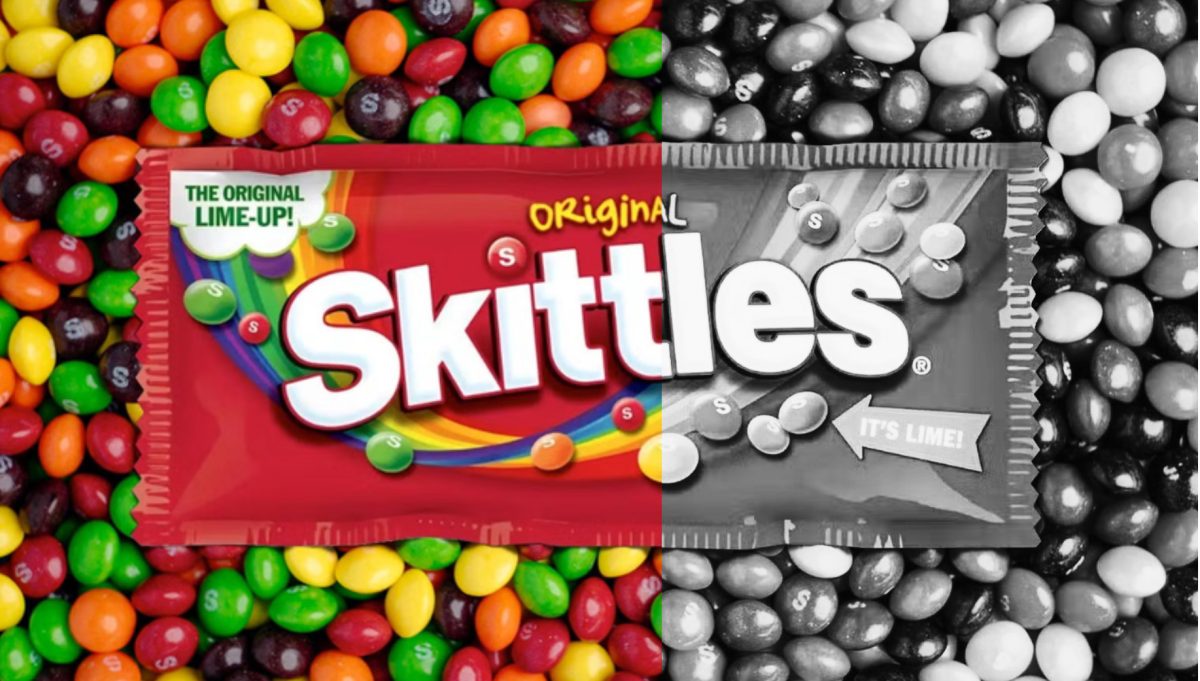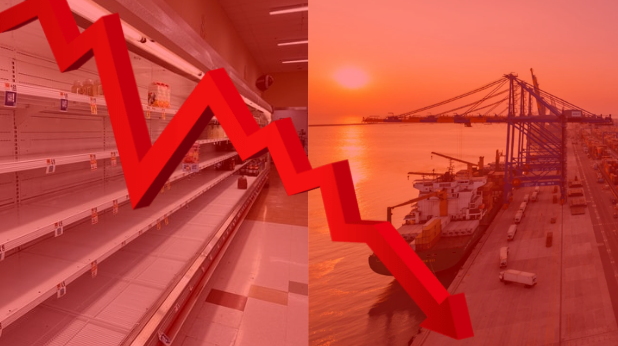Two years ago, February 24th of 2022, elements of the Russian Armed Forces crossed into Ukraine from its northern, eastern, and southern border. Conflict between Russian separatists and Ukrainian government forces had been going on for a while. It began in 2014 with the annexation of Crimea and the formation of militias in the Ukrainian provinces of Donetsk and Luhansk. However, the Russian invasion of Ukraine was a significant escalation of the conflict, frozen in place for years.
About 400,000 deaths later, we’re back at square one. Ukrainian and Russian forces are locked in a brutal trench warfare not seen since the First World War. Both sides take scores of casualties trying to take and defend small, minor, usually ravaged pieces of battlefield. More often than not, this simply results in more dead with no gain. With many nations planning to levy a new set of sanctions against Russia, it doesn’t look like the conflict will end anytime soon. However, there are many things to take away from this conflict.
Takeaway #1: Appeasement does not work
From 2013 to 2014, the Euromaidan Revolution swept through Ukraine, deposing Russian puppet President Yanukovych. In response, Russia began its expansionist project in Ukraine. First, Putin sent Russian soldiers into the Ukrainian province of Crimea and militarily took it over, occupying it to this day. Second, it sponsored a number of pro-Russian militias within eastern Ukraine to launch uprisings against the new government. Both of these actions claimed the lives of thousands of people, even before the current war.
However, despite these flagrant efforts at militarily intervening with Ukrainian affairs, the West did not provide much support. Canada pulled its ambassador from Moscow. NATO stopped joint exercises. Trade talks between the EU and Russia were canceled. At most, the USA applied visa restrictions on Russia. However, these were half-efforts, not meant to meaningfully address the issue at hand. Had greater measures, such as sanctions, been taken as soon as possible, the current state of affairs may have been entirely avoided.
Takeaway #2: Russia is not as competent as initially thought
Throughout the Putin regime, the image of Russia was morphed and reshaped to show itself as greater than it really was. Propaganda promoted Russia as a powerful nation, one even rivaling the USA. Soviet nostalgia was utilized to create a sense of pride and prestige around the nation. The massive growth of the Russian economy under Putin following years of disastrous economic policy generated a cult of personality surrounding Putin.
However, behind this veil of power and invincibility, major problems plagued the Russian system. Oligarchs controlled a range of essential Russian industries and had great political influence. The Putin regime cracked down upon many different social and political groups, whether they be LGBTQ people or dissenters against the regime. Corruption is rampant in the upper echelons of the government and military leadership. Often bribes are paid to government officials or essential military equipment is poorly managed.
All of these came to a head once Russia officially invaded Ukraine. Expecting to face the same military separatists fought from 2014 to 2022, the military brass developed plans with the expectation of a quick and easy victory. Instead, Russian forces were met with a determined and technologically advanced Ukrainian army and citizenry. Additionally, due to the previously stated military corruption, many pieces of equipment were not combat ready when the time came. To top it all off, Russian soldiers conducted themselves in a very unprofessional manner, poorly carrying out operations while also torturing and killing Ukrainians, both military personnel and civilians.
Takeaway #3: The West’s commitment to aiding democratic nations is fragile
The initial Western response to the Russian invasion of Ukraine was surprisingly very strong and committed. A great number of Western nations came together to denounce Russian aggression and implement harsh sanctions against the country. The response was so harsh, the Russian Ruble’s value fell by nearly 60%. Things began to look up for Ukraine in terms of support. However, cracks immediately began to show in the pro-Ukraine alliance.
While a number of nations were pledging financial and military aid to Ukraine, Germany instead opted for a different approach. A few days after the initial invasion, the government of Germany announced their commitment of a measly 5,000 helmets to the war effort. They were made a laughing stock as people mocked their offhand support. While Germany eventually began pledging greater support to Ukraine, a second, major crack began to show.
A few months later, conflict between Poland, along with a few others, and Ukraine began to simmer. Due to Russia blocking off Ukrainian grain exports via the Black Sea, they’ve been forced to adapt to the situation by selling to the neighboring Western states. However, the surplus grain caused concern amongst local farmers about the lowering of grain prices and potential Ukrainian competition. Poland, among other nations, went to the EU to address this issue. While they provided a temporary ban on Ukrainian grain, Poland went a step further and implemented a unilateral ban. Unilateral bans are illegal as stated in the EU Charter. Despite this, no significant action was taken.
To add insult to injury, Poland canceled the delivery of advanced military equipment to Ukraine, setting the nation back significantly. While Poland still aligns itself against Russia, the damage has already been done. The divide grows as the complicated and bloody history of Polish-Ukrainian relations is brought into the mix. This, combined with Poland’s policy of “economic nationalism” ensures that things will devolve as time goes on.
The current state of the Ukraine War is, safe to say, not looking good. Despite fierce Ukrainian resistance, the heavy fighting is beginning to take its toll. The Ukrainian military and populace is facing massive shortages of food, manpower, and ammunition. Morale is slowly decreasing the longer the war goes on. Russian units are making gains on the frontline for the first time in months. Despite how bad the current situation is, a situation involving complete capitulation to Russia shows a bad example to the world and is a nightmare scenario for the Ukrainian people.








